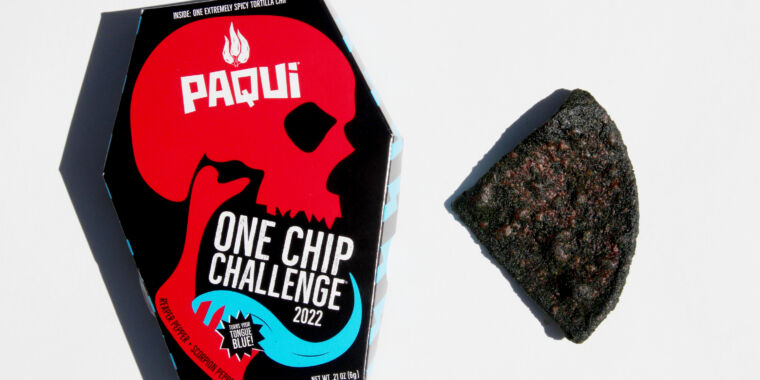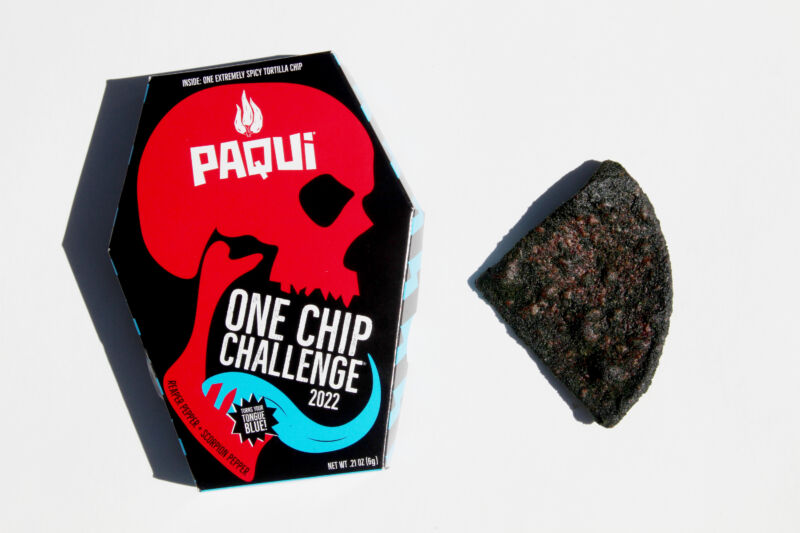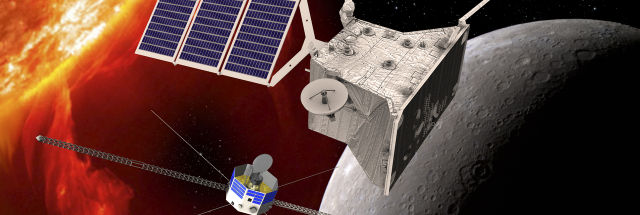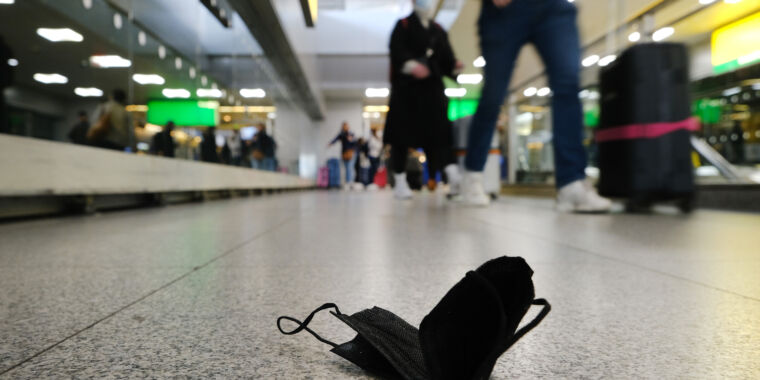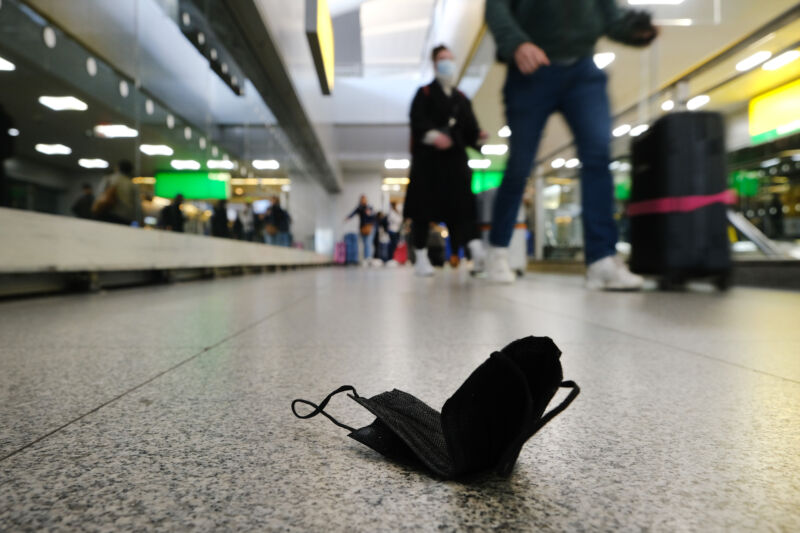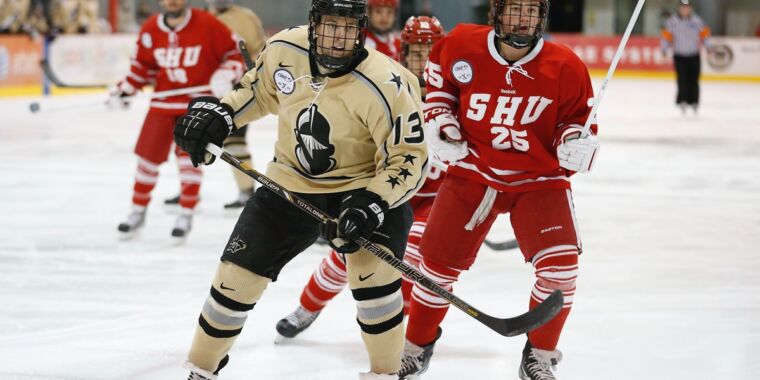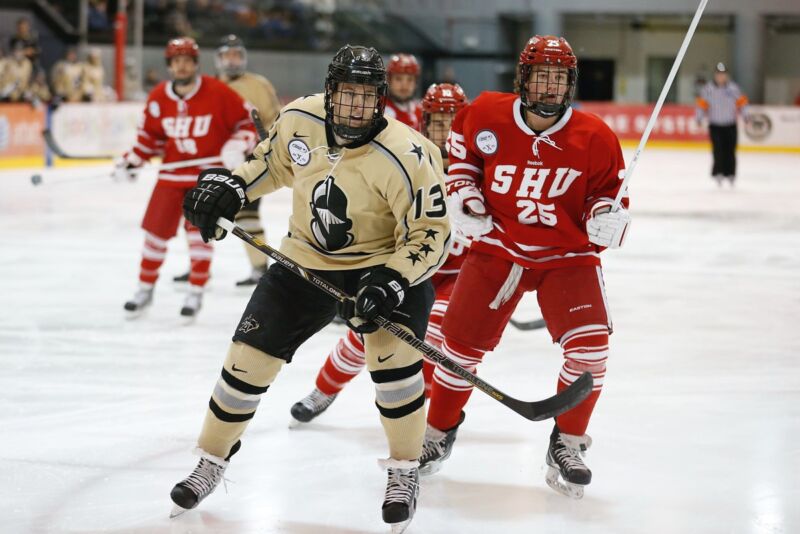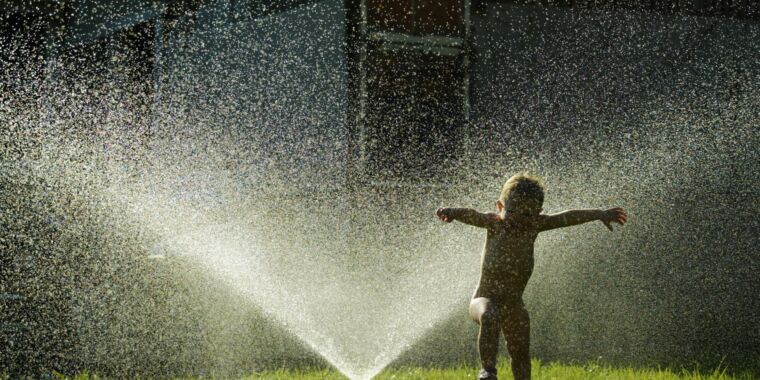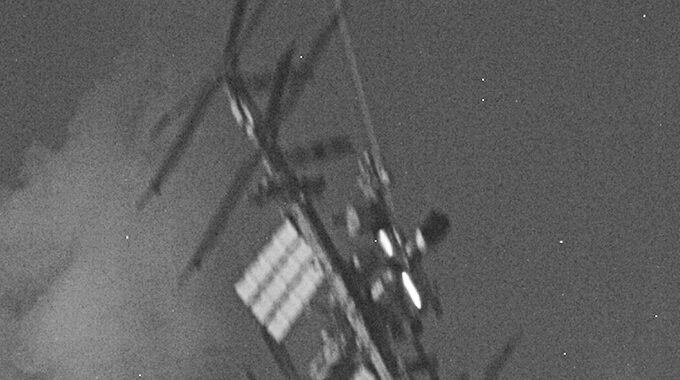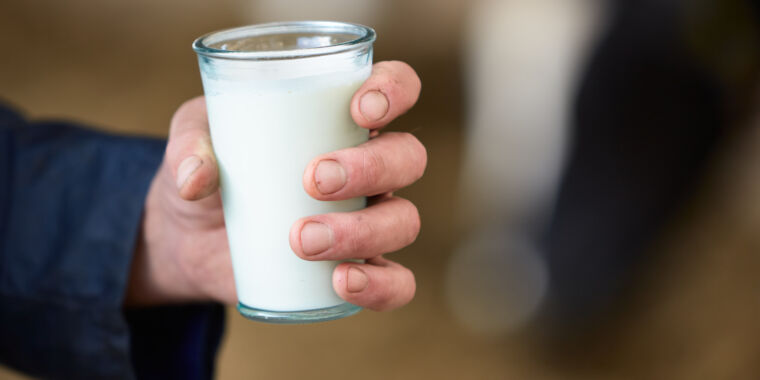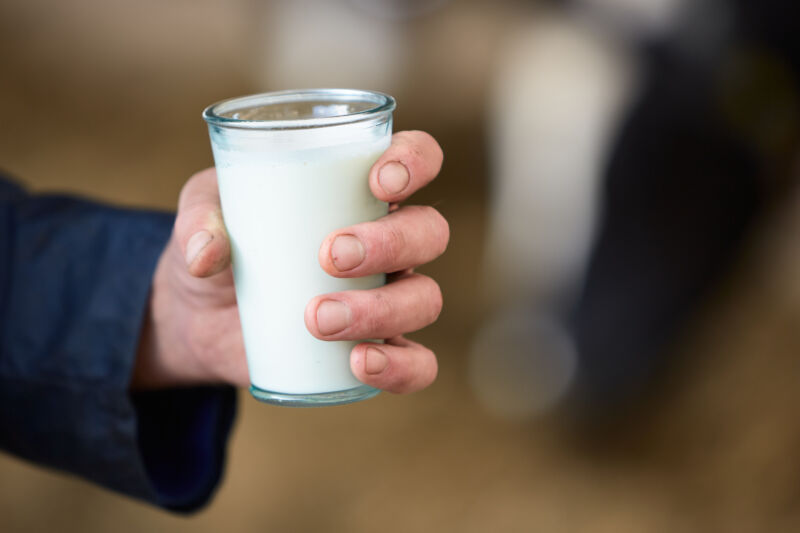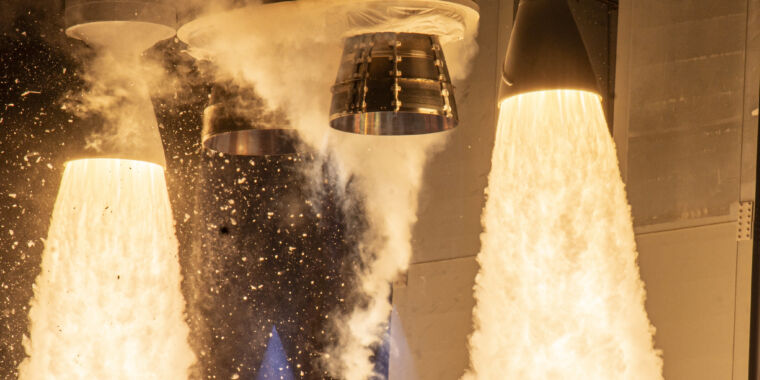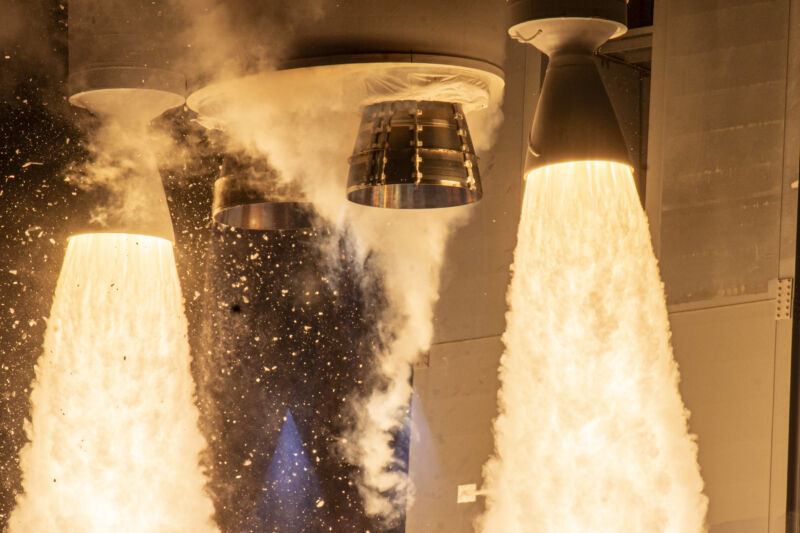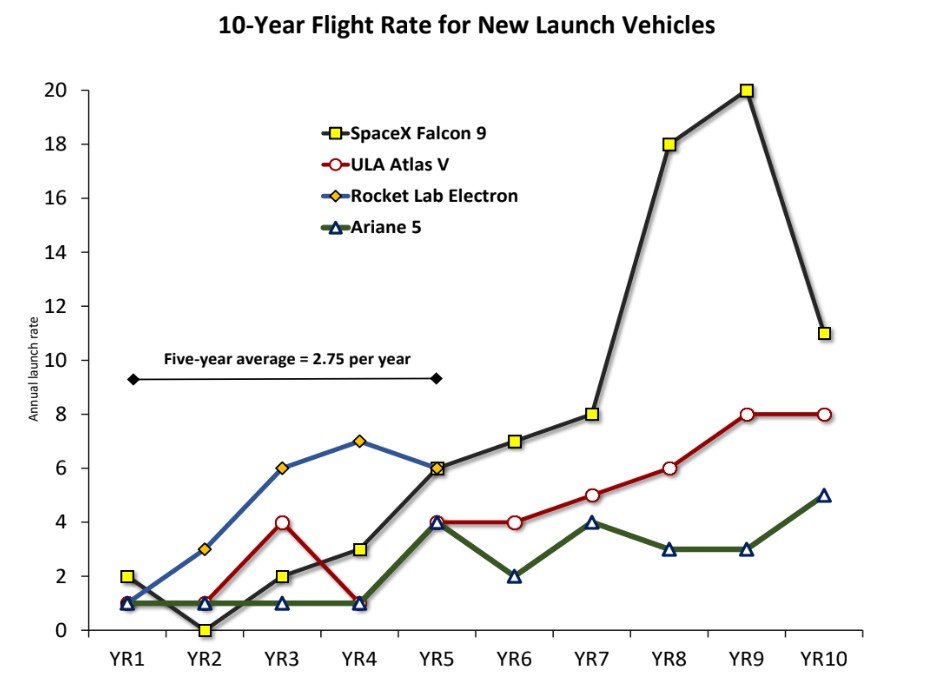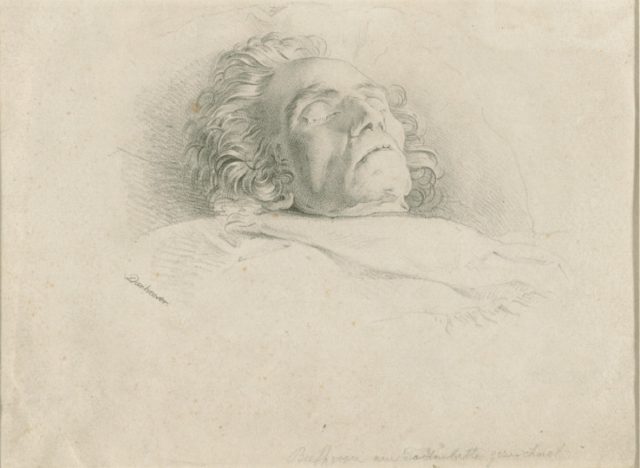Using vague language about scientific facts misleads readers

Anyone can do a simple experiment. Navigate to a search engine that offers suggested completions for what you type, and start typing “scientists believe.” When I did it, I got suggestions about the origin of whales, the evolution of animals, the root cause of narcolepsy, and more. The search results contained a long list of topics, like “How scientists believe the loss of Arctic sea ice will impact US weather patterns” or “Scientists believe Moon is 40 million years older than first thought.”
What do these all have in common? They’re misleading, at least in terms of how most people understand the word “believe.” In all these examples, scientists have become convinced via compelling evidence; these are more than just hunches or emotional compulsions. Given that difference, using “believe” isn’t really an accurate description. Yet all these examples come from searching Google News, and so are likely to come from journalistic outlets that care about accuracy.
Does the difference matter? A recent study suggests that it does. People who were shown headlines that used subjective verbs like “believe” tended to view the issue being described as a matter of opinion—even if that issue was solidly grounded in fact.
Fact vs. opinion
The new work was done by three researchers at Stanford University: Aaron Chueya, Yiwei Luob, and Ellen Markman. “Media consumption is central to how we form, maintain, and spread beliefs in the modern world,” they write. “Moreover, how content is presented may be as important as the content itself.” The presentation they’re interested in involves what they term “epistemic verbs,” or those that convey information about our certainty regarding information. To put that in concrete terms, “’Know’ presents [a statement] as a fact by presupposing that it is true, ‘believe’ does not,” they argue.
So, while it’s accurate to say, “Scientists know the Earth is warming, and that warming is driven by human activity,” replacing “know” with “believe” presents an inaccurate picture of the state of our knowledge. Yet, as noted above, “scientists believe” is heavily used in the popular press. Chueya, Luob, and Markman decided to see whether this makes a difference.
They were interested in two related questions. One is whether the use of verbs like believe and think influences how readers view whether the concepts they’re associated with are subjective issues rather than objective, factual ones. The second is whether using that phrasing undercuts the readers’ willingness to accept something as a fact.
To answer those questions, the researchers used a subject-recruiting service called Prolific to recruit over 2,700 participants who took part in a number of individual experiments focused on these issues. In each experiment, participants were given a series of headlines and asked about what inferences they drew about the information presented in them.
Using vague language about scientific facts misleads readers Read More »




